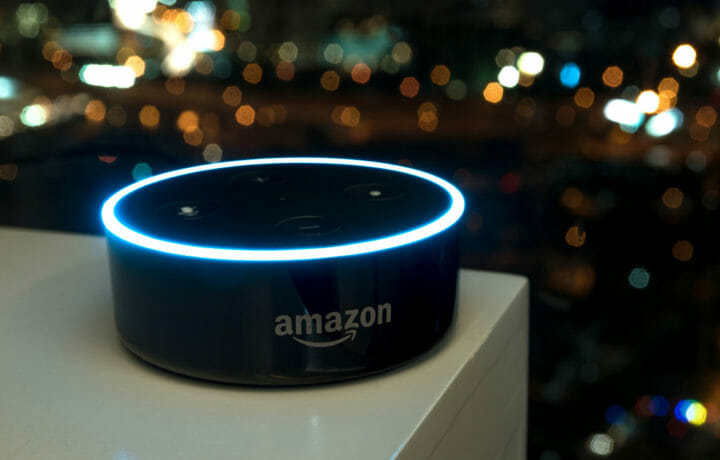While free wi-fi as you roam the city streets is great in theory, the reality of hijacking personal wi-fi doesn’t sound so amazing from a personal cybersecurity perspective. But that’s just what Amazon Sidewalk seeks to do. While the new feature is scheduled for launch later in the month, some users have found that it was automatically enabled, complements of their Amazon Echo.
How Does Amazon Sidewalk Work and How Do You Disable It?
The Sidewalk app is a free network sharing services that parses out wi-fi owner’s bandwidth to people out on the sidewalk outside your home. Through the use of Bluetooth, 900 Mhz and other frequencies, Sidewalk will create a low-bandwidth for your neighborhood. As with all adventures like this, the more participants, the stronger the outdoor network. Perhaps it means a stronger wi-fi experience in the park or people can find a lost dog with a tracker just a little bit faster. The Echo may just seem like a speaker, but the device will actually act like a “wi-fi bridge” for devices outside your home. So, outsiders can cross the bridge to access your network and vice versa. So, if your wi-fi goes out, you can borrow some from your neighbors until your router and service is back up.
In case you are one of the special individuals who had this service automatically turned on, here’s how to manually turn it off. Open your Alexa app, and select More > Settings > Account Settings > Amazon Sidewalk. Then, toggle the switch off. Community Finding is also a switch that can be toggled off and on in order to help neighbors find a connection via Sidewalk.
Wi-Fi Sharing – Is That Even a Good Idea?
While it sounds like a friendly, grassroots adventure, the “feature” is one that clearance holders or cyber aware individuals need to be wary of.
“The initial concern is really about what all the devices connected to Sidewalk collect,” Forrester analyst Jeff Pollard said. “If use cases like home automation or IoT devices make use of this technology, they generate telemetry data. Connected devices — especially in the home — give vast amounts of information about your behaviors and activities, which could also go to Amazon with this connectivity.”
And every time geolocation is tracked via wireless signals, it may seem like quality of service is improved for the user; however, personal privacy is also sacrificed at the same time. While personalized advertising may be the vendor goal, it doesn’t mean that users aren’t impacted in far more nefarious ways. Amazon needs to think through authentication and encryption methods, and who will have access to the data pulled from Sidewalk.
With so many seemingly innocent services, it’s important to remain vigilant – even if you’re just using a device like Amazon Fetch to track Fido, your dog. Things like Fetch come with their own issues. For example, Pollard said, “It’s great to get an alert your dog left the yard, but those devices could also send data to Amazon like the frequency, duration, destination and path of your dog walks. That seems innocuous enough, but what could that data mean for you when combined with other data? It’s the unintended — and unexpected — consequences of technology and the data it collects that often come back to bite us (pardon the pun).”



